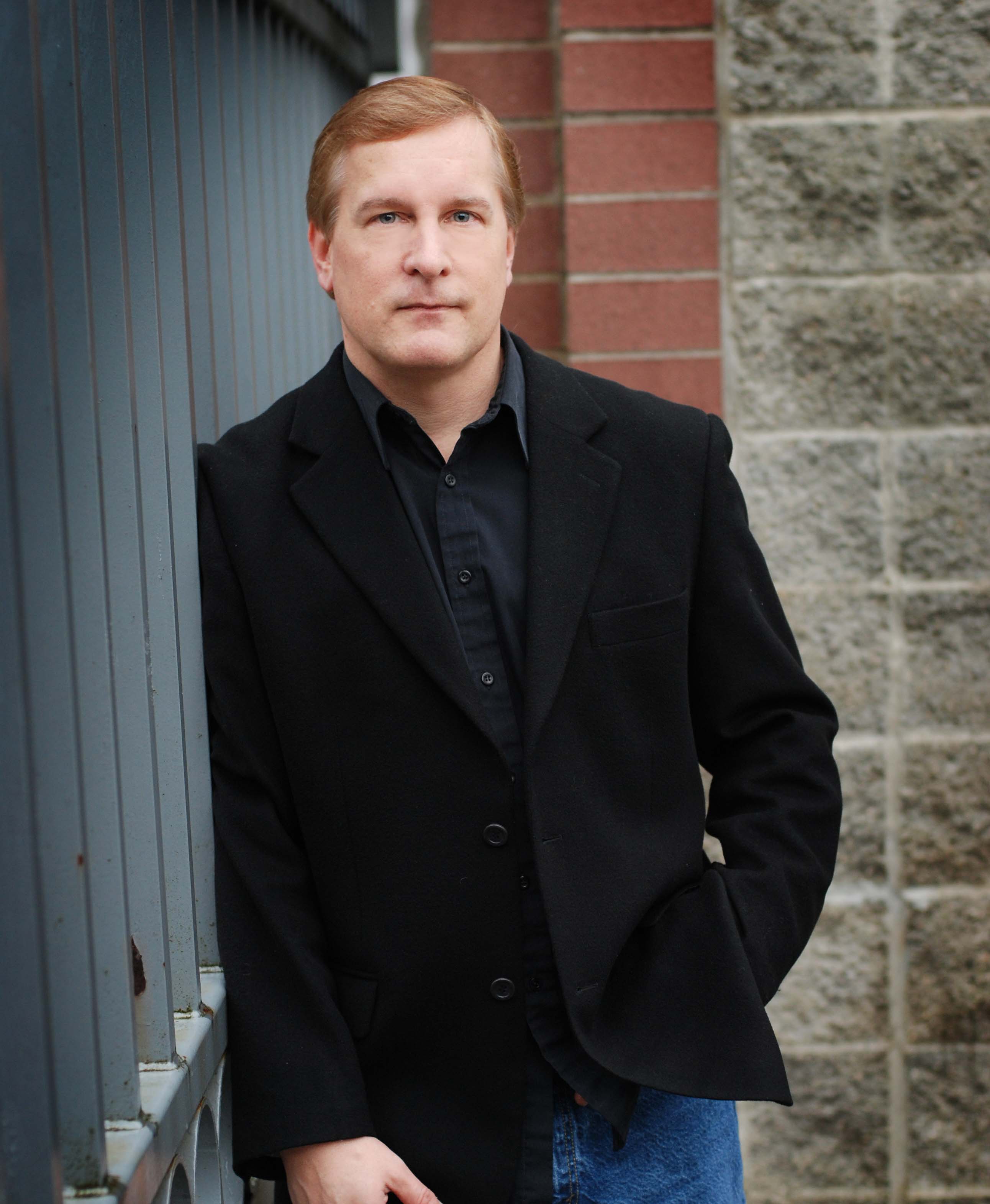|
Coquitlam Mayor Jon Kingsbury last week joined forces with six other TransLink board members to vote down the motion sending
into motion the proposed Richmond-Airport-Vancouver (RAV) rapid transit line. With that, the septet of naysayers effectively
killed the RAV line in its current form, whatever that was.
And that is the point. The RAV plan suffered from a serious lack of planning.
To date, best guess told the taxpayer the RAV line would be: a) some sort of elevated train; b) some sort of tunneling
train and c) would travel up and down some as yet undetermined route. It would look a bit like SkyTrain, but not much. It
wouldn't be exactly compatible, running with the same kind of cars as our existing line. Wow. Where do we sign?
Proponents of the RAV line like to claim the opposing voters are simply ideologically opposed to the concept of the public-private
partnership arrangement that was supposed to build and operate the new system. That remains to be seen, but the details of
any arrangement between the two 'Ps' was as yet ... undetermined.
Ask a RAV line official what would happen if the construction costs went over budget and try to get a straight answer.
Would the private operator assume the risk for cost overruns? Would the taxpayer be on the hook for expenses that grow beyond
the budget?
And the odds of the project completing within budget are depressingly slim, especially when government is controlling
the purse strings. Try to think of a major government construction undertaking that actually cost what was budgeted.
While the 2010 Winter Olympics do provide some sense of urgency, there are simply too many unknowns in this arrangement
to go plowing ahead without concrete answers to important questions.
True, the RAV line had the federal government involved in funding, providing another level of oversight on the project.
Of course, this is the same group that paid half a billion dollars for helicopters we didn't receive and a billion dollars
for a $2 million gun registry.
Government and TransLink officials brag that all three levels of government are contributing monies, each more than $300
million. Somehow, that fact is supposed to provide comfort, at least until those funds are put into perspective:
- TransLink funding: Comes from taxpayers.
- Provincial government funding: Comes from taxpayers.
- Federal government funding: Comes from taxpayers.
Sensing a pattern? The proportionate share may be spread among a greater number of people at each government level, but
make no mistake about it, we're paying the taxes that each level of government spends.
Notwithstanding the plaintive wails of the transportation minister, it is not too late or futile to explore alternate,
more cost-effective systems to do the same task. If ground-level rail, widened roads, dedicated buses or any combination thereof
turn out to be the answer, there's no need to toss hands in the air and walk away from any planned improvements.
Mayors in the northeast sector of the Lower Mainland complain their own transportation needs -- read SkyTrain expansion
-- have been pushed aside in the clamor to get the RAV line underway. The relative value of SkyTrain coming to the Tri-Cities
is a debate for another day, but stopping the near hysterical rush to judgment on approving the RAV project, regardless of
the motivation, was the right thing to do.
Kingsbury and his colleagues were correct to help apply the brakes on this runaway train.
|
